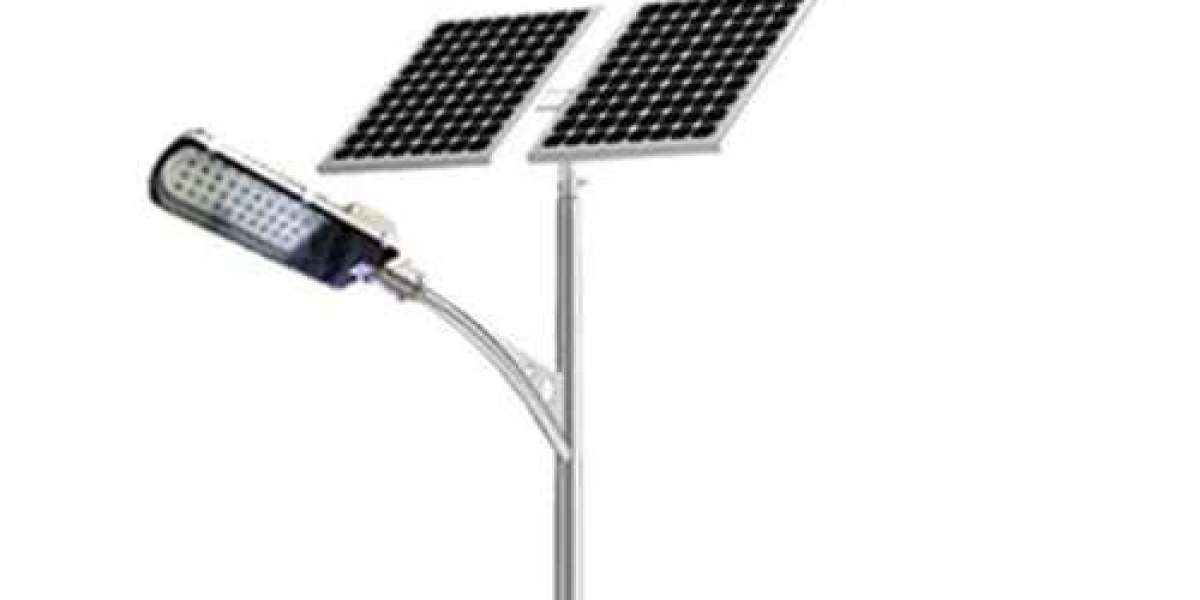Are you struggling with your solar lights not working properly? Don't worry, you're not alone. Many new solar light owners face this common issue. However, knowing how to reset solar lights is essential to ensure they continue to illuminate your outdoor spaces efficiently. In this article, we will guide you through the process and provide tips for troubleshooting and maintenance.
Understanding Solar Lights
Before diving into the resetting process, it's important to understand how solar lights work. These lights use sunlight to charge during the day and provide illumination at night. Problems usually arise when they fail to charge properly or encounter system glitches.
Read more: Can I Fix Cut LED Lights Without Soldering?
Common Issues: Solar Light Not Working
One of the most common issues that users face with solar lighting is when the lights stop working entirely. Several factors can contribute to this problem. The most typical causes include solar panels covered in dirt or debris, hindering the charging process, and battery-related issues such as depleted or improperly installed batteries. In some cases, simply resetting the lights can restore their functionality.
Step-by-Step Guide on How to Reset Solar Lights
Here's a simple step-by-step guide on how to reset solar lights:
- Check the Environment/Placement: Ensure that your solar lights are placed in an area where they receive maximum sunlight. Obstructions like trees or buildings can affect their charging capability.
- Clean the Solar Panels: Dirt and debris on the solar panels can hinder their ability to charge efficiently. Gently wipe them with a damp cloth to ensure they are clean.
- Inspect the Batteries: If your solar lights are not working, check the batteries. They may need to be recharged or replaced. Ensure they are correctly installed and making good contact with the terminals.
- Perform the Reset: Turn off the solar lights and leave them off for a few seconds to a minute. Then, turn them back on. This simple step often recalibrates the system.
- Cover the Solar Panel: During daylight, cover the solar panel with your hand or a piece of cloth. This should trick the lights into thinking it’s night. Observe if the lights turn on. If they do, it indicates that the solar lights are functioning correctly, and the issue might be with the charging process.
- Leave Them Off for an Extended Period: Sometimes, resetting solar lights requires leaving them off for 1-2 days. This break allows the batteries to fully drain and reset the cycle as needed.
- Check for Water Damage: If your lights are still not working, check for signs of water damage. Solar lights are designed to be weather-resistant, but occasionally, moisture can seep in and cause issues.
Read more: How To Converting Battery-Powered LED Lights To Plug-In For Endless Illumination
Maintenance of Solar Lights
Regular maintenance is crucial in understanding how to reset solar lights effectively. Here are some essential maintenance tips:
- Regular Cleaning: Solar panels and fixtures accumulate dirt and debris over time, reducing their efficiency in absorbing sunlight. Gently clean these parts periodically to maintain optimal performance and prolong the lifespan of your solar lights.
- Battery Replacement: Change the batteries every one to two years, depending on usage and quality. As batteries age, they lose their capacity to hold a charge, leading to reduced lighting efficiency. Regularly replace batteries to ensure consistent, reliable illumination.
- Optimal Placement: Strategically position your solar lights in areas where they receive maximum sun exposure throughout the day. Avoid heavily shaded locations or obstructions by buildings or trees. Correct placement enhances the lights' charging efficiency and performance.
Advanced Troubleshooting
If your solar lights still malfunction after the reset, consider these advanced troubleshooting steps:
- Inspect for Corrosion: Battery compartment corrosion can disrupt the power supply and result in poor performance or complete failure of the solar lights. Regularly check for and clean any corrosion to prevent such issues.
- Examine Wiring: For solar lights with wiring, examine the wires regularly to ensure there is no damage. Cuts or frays can impede the flow of electricity, causing malfunctioning lights. Repair or replace damaged wiring promptly.
- Sensor Functionality: Sensors detect ambient light levels and determine when to activate or deactivate the lights. Clean and test them regularly to ensure accurate light detection.
Understanding how to reset solar lights is crucial for their longevity and effectiveness. By following regular maintenance and troubleshooting steps, you can keep your solar lights shining brightly. For more information on solar energy and maintaining solar equipment, visit EnergyBillCruncher. They help homeowners compare offers from top-rated professionals, ensuring the best deal on solar panels.
Frequently Asked Questions:
Q: How often should solar lights be cleaned?
A: Solar lights should be cleaned periodically to remove accumulated dirt and debris. This helps maintain optimal performance and prolongs their lifespan.
Q: How long do solar light batteries last?
A: Solar light batteries typically last one to two years, depending on usage and quality. Regularly replacing batteries ensures consistent lighting efficiency.
Q: Can I leave my solar lights off for an extended period?
A: Yes, leaving your solar lights off for 1-2 days can help reset the batteries and restore their functionality.
Q: What should I do if my solar lights still don't work after resetting?
A: If resetting doesn't solve the issue, inspect for corrosion in the battery compartment and check the wiring for any damage. Also, ensure the sensors are clean and functioning properly.
Read more:
What to Do When LED Strip Lights Won't Turn On?








